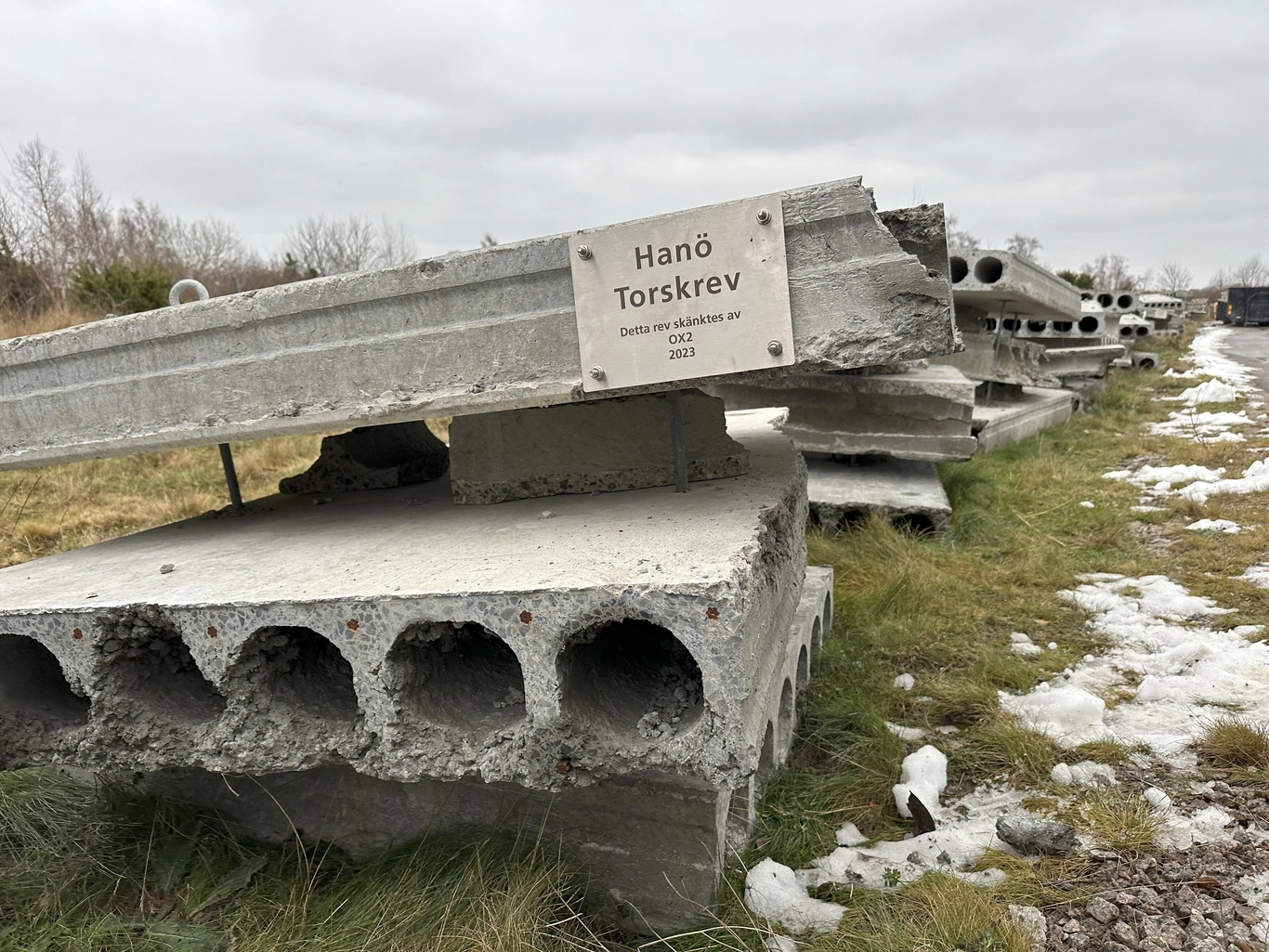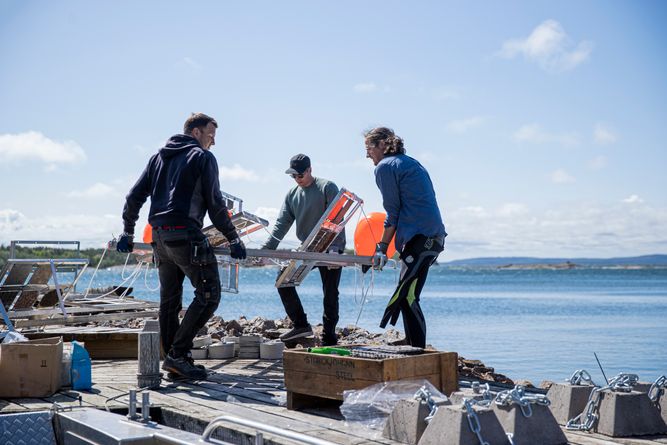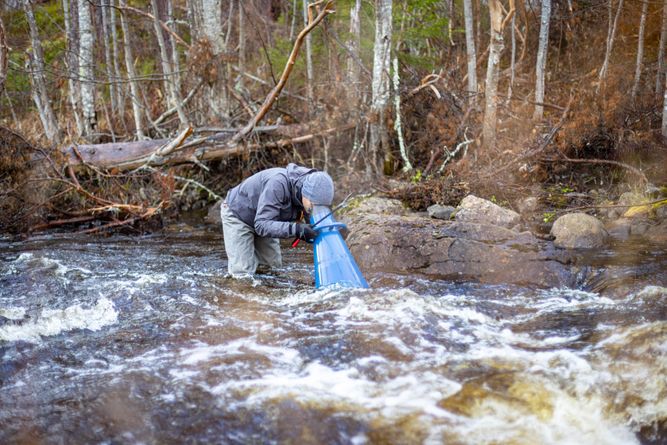Artificial reefs in the Baltic Sea
In connection with the offshore windfarms that OX2 is developing, artificial reefs are planned to benefit cod, an endangered and important predatory fish for the Baltic Sea.
Cod is the Baltic Sea's most important predatory fish. It has an important role in maintaining balance in the food chain, which is an important aspect for a healthy and stable ecosystem where both fish and humans thrive. One measure that OX2 is taking for cod in the Baltic Sea is to place artificial reefs.
Cod is not doing well
Over time, cod in the Baltic Sea has become smaller, younger, and sexually mature at an earlier age. This indicates an imbalance in the ecosystem and that the stock is stressed. Measures are needed to reverse a negative trend.
Don't let the cod disappear
What we really want to avoid is the cod stock disappearing from the Baltic Sea. This is exactly what happened to the cod stock on Canada’s east coast in the 1990s, as a result of decades of overfishing, poorly controlled and high fishing quotas, and destructive fishing methods. In 1992, the cod stock on Canada’s east coast was one hundredth (1%) of historical measurements, and a fishing ban on cod fishing was introduced. The socio-economic consequences were enormous. Approximately 40,000 jobs were lost as a result of the ban, which was Canada’s largest layoff ever at the time. The ban lasted 32 years, until 2024, when a small quota was introduced. The road back has taken a long time, and will continue for a long time. We have an opportunity to reverse the negative trend in the cod stock in the Baltic Sea before it reaches the serious consequences that Canada experienced in the 1990s.
Contributes to a healthy cod stock
Offshore wind power can contribute in several ways to the recovery of the cod stock in the Baltic Sea. Fish, including cod, can seek shelter at the foundations where intensive fishing methods cannot reach. Here they can grow and reproduce, a prerequisite for achieving a healthy cod stock. By placing artificial reefs, we learn together with our partners what the reefs should look like, what material is suitable and where they should be placed so that they promote the cod stock the most. OX2 collaborates with several different actors to make this possible.

Stakeholders:
- Hanö Torskrev
- Projekt Björkskär
- Gotland County Administrative Board
- Gothenburg University
- Uppsala University
- Blue Center
- Coastal fishermen
- Companies and industry
10 artificial reefs have been placed in Hanöbukten together with the Hanö Torskrev association. They are part of a reef park together with 20 other reefs. The artificial reefs are made with waste products from the concrete industry.
Facts:
- The fishing method that catches the most fish is bottom trawling.
- 21% of the fish caught is overfished.
Read more about the project:
Read more about cod, the Baltic Sea and artificial reefs:
- Cod Moratorium of 1992 | The Canadian Encyclopedia
- Fish and Overfishing - Our World in Data
- Health of fish stocks by fish group (ourworldindata.org)
- The Decline of Cod in the Baltic Sea: A review of biology, fisheries and management, including recommendations for cod recovery, The Fisheries Secretariat, 2022

